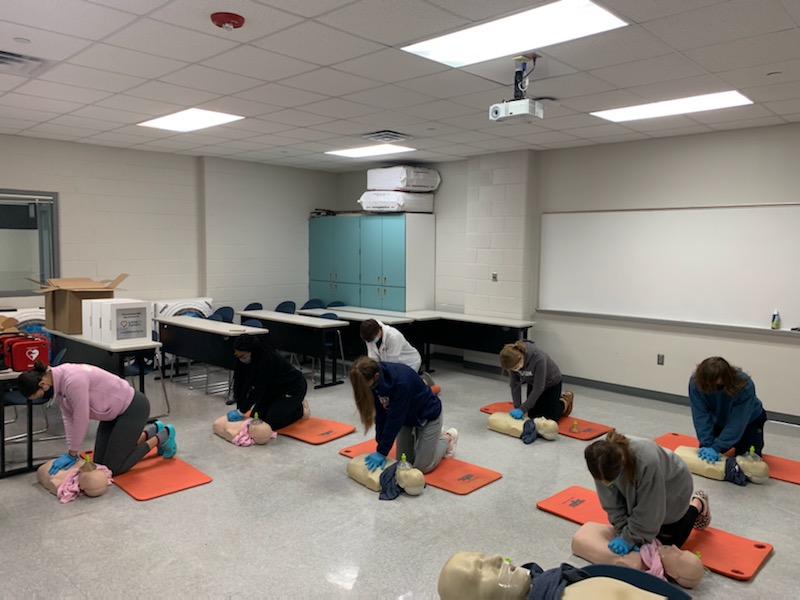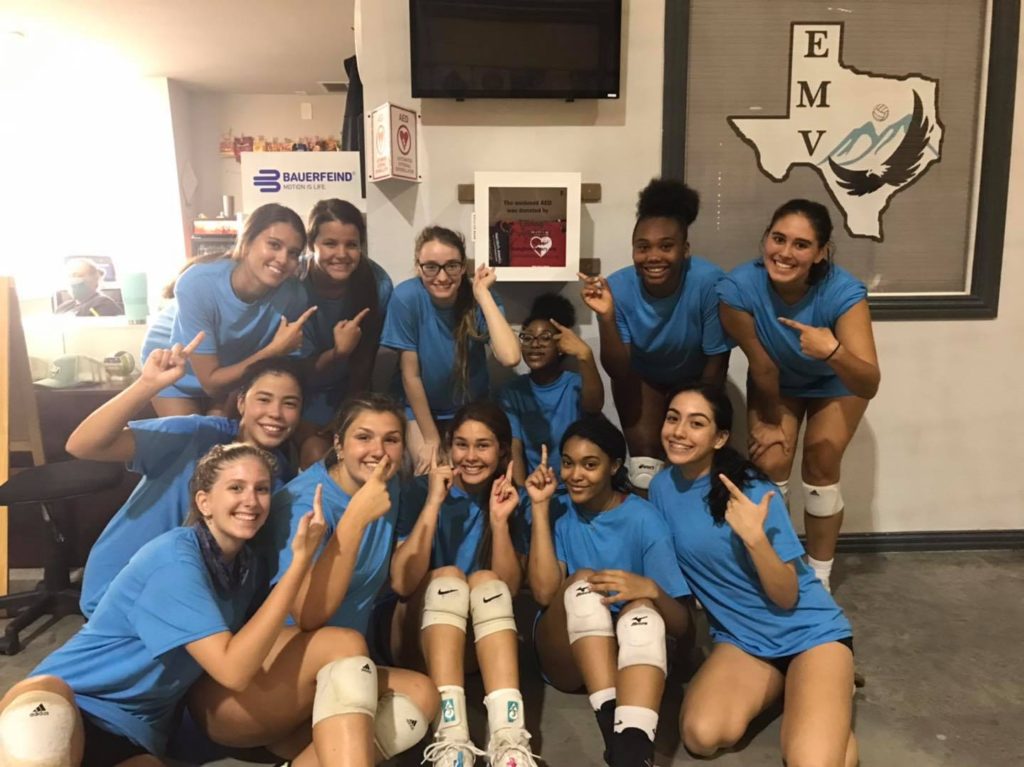We’ve all seen the stories: life or death situations where observers do not intervene to help another human being in need.
A person being robbed and shouting for help, only to be met with silence.
Commuters barely glancing as they walk by someone hurt on the street.
Often we see and hear these stories and think, “How could someone not have helped?” or “If I was there, I would have stepped in without even thinking!”. The truth is, the Bystander Effect is a real, and has the ability to affect each and every one of us. And when it comes to sudden cardiac arrest, this effect’s consequences mean death for too many victims.
What is the Bystander Effect?
Brittanica defines the Bystander Effect as the inhibiting influence of the presence of others on a person’s willingness to help someone in need. Research has shown that, even in an emergency, a bystander is less likely to extend help when he or she is in the real or imagined presence of others than when he or she is alone[1] .
When we’re surrounded by others, it can be easy to let fear take hold and assume that someone else will be more prepared, willing, or quick to respond than we are. The problem is, when multiple bystanders make these assumptions and delay help, precious time is lost for a victim of cardiac arrest. Statistics from the American Heart Association show us what we’re up against:
- Only approximately 32% of cardiac arrest victims receive CPR from a bystander[2]
- The survival rate for an out-of-hospital cardiac arrest victim is approximately 8%[2]
Check out a few simple tips to help combat the Bystander Effect and change the statistics surrounding SCA survival:
- Learn CPR
There’s a big difference in being in an emergency situation where you’ve never practiced how to respond versus one where you have! While we can never know exactly how we’ll respond in an emergency until we get there, preparation is key to being able to act quickly and effectively. In a CPR certification class, you’ll receive several hours of instruction and practice with opportunity to ask questions of your instructor and allay any fears you may have about performing CPR.

The goal of CPR training is to help everyday people feel comfortable and confident in using CPR to give a victim the best chance of survival possible. Practice may not make perfect, but it can make a huge difference for a heart in need!
- Look for the AEDs
We all have a list of locations we visit regularly throughout the week: school, work, church, gym, airport, grocery store, mall, restaurant – you name it! Next time you’re at one of your regularly visited spots, take time to look around and see if you can spot an AED. By making a mental note of where AEDs can be found in your day-to-day life, you can help yourself to be prepared to find one quickly should an emergency occur. You’ll notice that once you start spotting AEDs in public, it’s hard NOT to notice them!

- Don’t assume someone else will help, assume YOU are the helper!
If you find yourself as a bystander during a cardiac event, realize that without your action, it’s possible help may not come. Feeling scared and unsure in an emergency is common and normal, but don’t let that fear turn into the assumption that someone else should help. By calling 911, performing CPR, and using an AED if available, you can quite literally make the difference between life and death for a victim of SCA.



